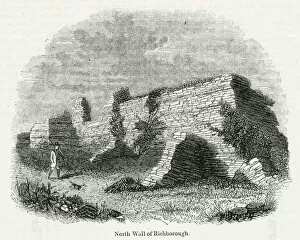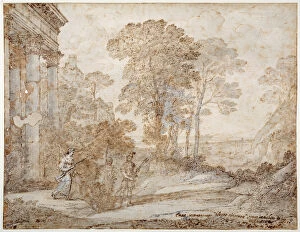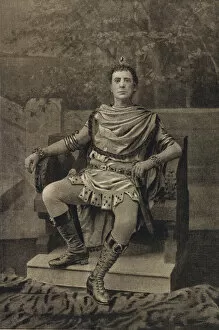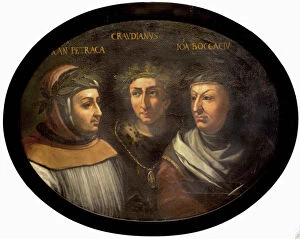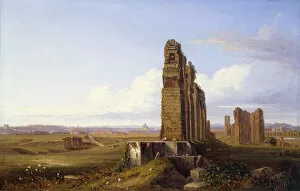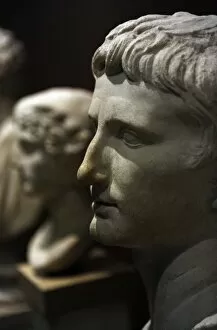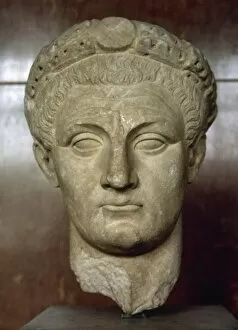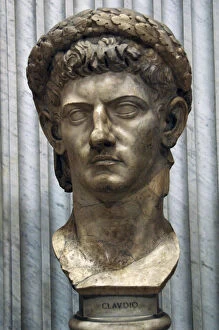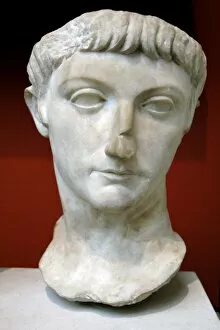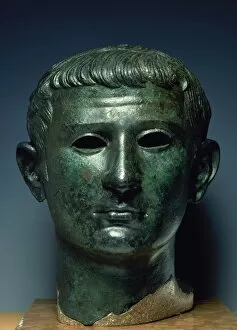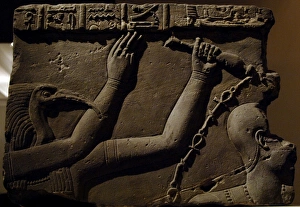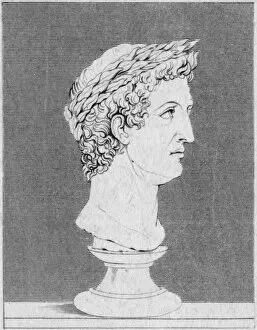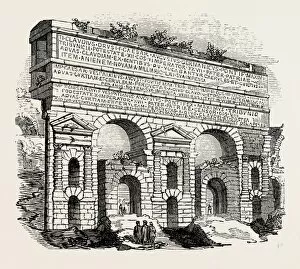Claudian Collection
"Exploring the World of Claudian: From Ancient Rome to the Stage" Step into the captivating world of Claudian, a name that resonates through history
All Professionally Made to Order for Quick Shipping
"Exploring the World of Claudian: From Ancient Rome to the Stage" Step into the captivating world of Claudian, a name that resonates through history. This enigmatic figure is brought to life in various forms, each offering a unique glimpse into his story. Firstly, we encounter Henry Herman and W. G. Wills' play "Claudian, " an intriguing theatrical piece that transports audiences back to ancient times. The idealized bust of Emperor Claudius further immerses us in this era, its marble features exuding power and wisdom. Moving on, sketches from "Claudian" at the Princess Theatre capture moments frozen in time. These engravings allow us to visualize the dramatic scenes unfolding on stage, igniting our imagination. Delving deeper into Roman history, we discover a bronze figure found at the Roman fort in Richborough, Kent. Its intricate details hint at the craftsmanship of that era and offer clues about daily life within those walls. An aerial plan reveals the grandeur of Richborough's Roman fort - a testament to their architectural prowess and strategic importance during ancient times. The remains of this once-mighty stronghold evoke feelings of awe as we contemplate its historical significance. Returning to theater, an advertisement for "Claudian" showcases vibrant colors and artistic flair typical of lithography techniques used during that period. It entices audiences with promises of thrilling performances and unforgettable experiences. The Lyon Tablet takes us even further back in time; dating back to 48 AD, it offers valuable insights into Roman governance and administration. Its detailed inscriptions provide historians with invaluable information about this fascinating era. Shifting gears artistically yet again, Ascanius shooting the stag of Sylvia captivates with pen-and-ink washes on paper from around 1680. This artwork captures mythical elements intertwined with human emotions—an exquisite blend sure to enchant any viewer. Once more returning our focus towards history, the Lyon Tablet resurfaces, reminding us of its significance.



